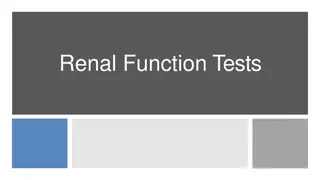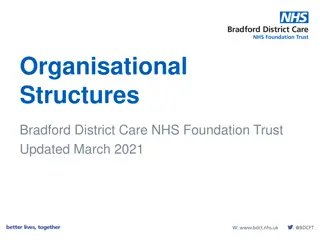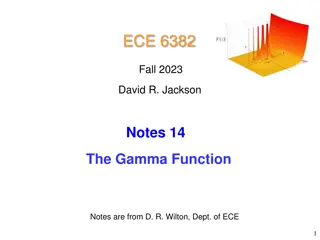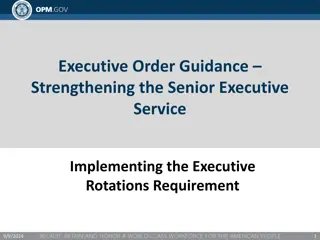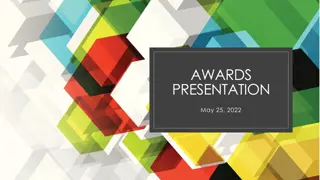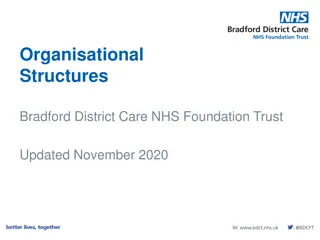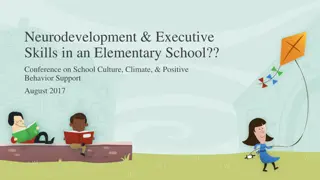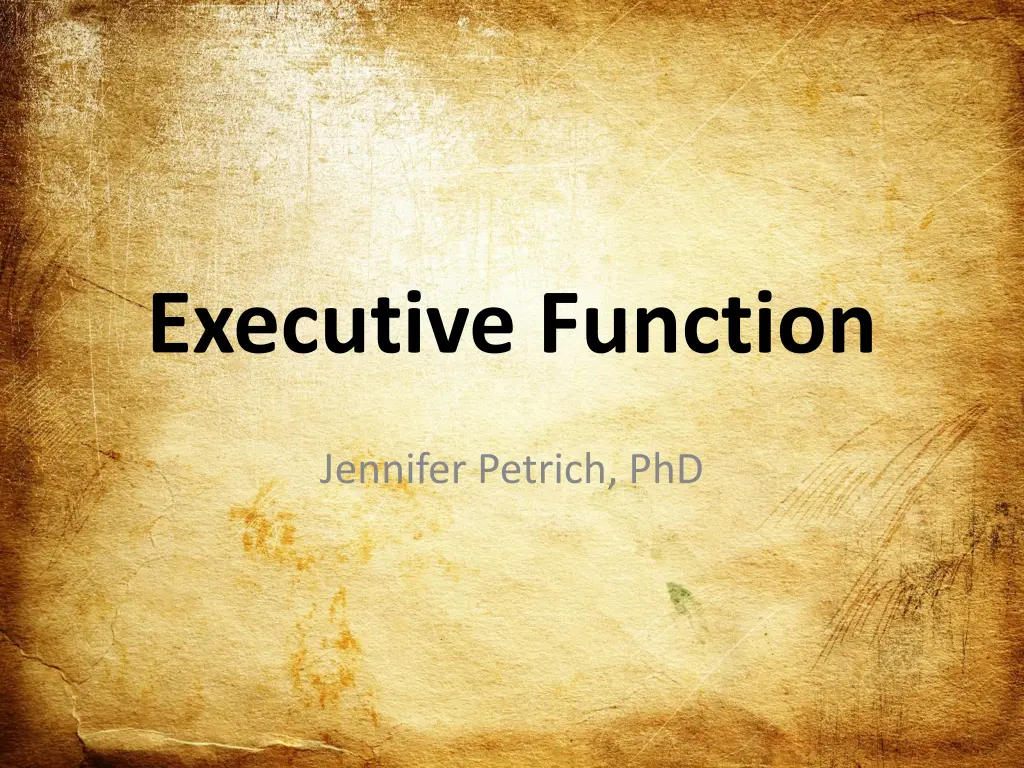
Understanding Executive Functions and Addressing Impairments in Dyslexic Students
Explore the concept of executive functions, their impact on dyslexic students, manifestations in spelling and math challenges, and effective strategies for remediation. Discover the cognitive and behavioral skills involved, functional categorization, learning methods, brain areas, and general accommodations to support students with impaired executive functions.
Download Presentation

Please find below an Image/Link to download the presentation.
The content on the website is provided AS IS for your information and personal use only. It may not be sold, licensed, or shared on other websites without obtaining consent from the author. If you encounter any issues during the download, it is possible that the publisher has removed the file from their server.
You are allowed to download the files provided on this website for personal or commercial use, subject to the condition that they are used lawfully. All files are the property of their respective owners.
The content on the website is provided AS IS for your information and personal use only. It may not be sold, licensed, or shared on other websites without obtaining consent from the author.
E N D
Presentation Transcript
Executive Function Jennifer Petrich, PhD
Outline Review of executive functions (EF) and neurobiology of impaired EF How impaired EF manifests in dyslexic students How to address these deficits when working to remediate spelling and math in a dyslexic student
What is Executive Function? A set of cognitive abilities that control and regulate other abilities and behaviors. Executive functions include the ability to: o initiatebehaviors (task initiation) o delay or prevent inappropriate responses (inhibition) o monitor, change or stop behaviors (regulation) o manage interference (cognitive flexibility) o plan future behavior when faced with novel tasks and situation (reconstitution) These skills occur on a continuum.
Functional Categorization Cognitive Skills Working Memory Planning/Prioritization Organization Time Management Metacognition Behavioral Skills Response Inhibition Emotional Control Sustained Attention Task Initiation Goal-directed Persistence Flexibility
Learning Learning by experience Use it or Lose it Neural networks Multi-sensory instruction Sensory Motor Auditory Visual
Brain Areas Motor Planning Motor Sensory Integration Areas EF skills mot Visual Auditory
Foundational Functions Inhibition Working Memory Shifting/ Cognitive Flexibility
Barkleys Hybrid Model Behavioral Inhibition Self-regulation of affect/motivation/ arousal Working Memory Internalization of speech Reconstitution Motor control/fluency/syntax
General Accommodations Step-by-step instructions Written directions with oral instructions whenever possible Use visual organizational aids, visual schedules, and alarms Plan and structure transition times and shifts in activities.
Executive Function and Dyslexia
Internal Language Also called self-talk , internal speech , etc. Impaired in students with poor phonological processing/working memory Deficit results in islands of knowledge Required for: following multi-step directions (recipe) learning new motor tasks (tying a shoe, swimming) copying visuo-motor input (letters; sign language) establishing neural networks of activation (domino effect, e.g. NYC, right triangle)
Creating Internal Language Increase phonological working memory Practice verbalizing externally Move from external to internal language using six steps: I say, I do (modeling) We say, we do I say, you do (with verbalizing; say before doing) You say, I do (follow instructions exactly) You say, you do (external) You say, you do (internal)
Using Internal Language Practice with physical tasks (e.g. shoe tying) Practice imagery tasks (getting ready in the a.m.) Drawing on paper Use with other modalities to store information (language, pictures, gestures, concepts) Problem-solving Encoding new information
Applying Internal Language: Spelling
Applying Internal Language: Spelling Overview History of spoken English Writing systems are based on meaning not speech Homophone Principle Elements and Suffixing Conventions Scientific Investigation (SWI process)
Scientific Inquiry Written Language Investigate semantics (meaning) Hypothesize about morphology (form/structure) Test your hypothesis using etymology (history and relatives) Investigate orthographic phonology Revise your hypothesis as needed
Scientific Inquiry Four questions What does it mean? How is it built? What are its relatives? What segments of pronunciation are important for meaning? Model Verbalize thought process/questions Use signs/gestures Abstract out of the process (use visual cues if necessary)
Scientific Inquiry The four questions Q1: What does it mean? Q2/3: How is it built? What are its history and relatives? Q4: What can we learn from its pronunciation?
Scientific Inquiry <sign> noun 1 an object, quality, or event whose presence or occurrence indicates the probable presence or occurrence of something else 2 a gesture or action used to convey information or instructions 4 Mathematics the positiveness or negativeness of a quantity Q1: What does it mean? verb 1 [with object] write one's name on (a letter, card, or similar item) to identify oneself as the writer or sender 2 [no object] use gestures to convey information or instructions
Scientific Inquiry <sign> Q2: How is it built? <sign> is a base element
Scientific Inquiry <sign> Q3: What are its history and relatives? sign (n.) early 13c., "gesture or motion of the hand," especially one meant to communicate something, from Old French signe "sign, mark," from Latin signum "identifying mark, token, indication, symbol; proof; military standard, ensign; a signal, an omen; sign in the heavens, constellation," according to Watkins, literally "standard that one follows," from PIE *sekw-no-, from root *sekw- (1) "to follow."
Scientific Inquiry <sign> Q3: What are its history and relatives? sign (v.) c. 1300, "to make the sign of the cross," from Old French signier "to make a sign (to someone); to mark," from Latin signare "to set a mark upon, mark out, designate; mark with a stamp; distinguish, adorn;" figuratively "to point out, signify, indicate," from signum "identifying mark, sign" (see sign (n.)). Sense of "to mark, stamp" is attested from mid-14c.; that of "to affix one's name" is from late 15c. Meaning "to communicate by hand signs" is recorded from 1700. Related: Signed; signing.
Scientific Inquiry <sign> Q3: What are its history and relatives? signs sign + s signed sign + ed signing sign + ing signal sign + al signify sign + i + fy design de + sign designate de + sign + ate signature sign + ate + ure resignation re + sign + ate + ion
Scientific Inquiry <sign> Q4: What can we learn from its pronunciation? <s i g n> [s n] <d e s i g n> [d z n] <s i g n a l> [s g n l] <r e s i g n a t i o n> [r z g n i n]
Scientific Inquiry Other spellings to ponder Why is there a <w> in <two>? Why do we spell [d fr nt] <different> and not <difrent> Why do we not replace the <e> at the end of <change> in <changeable>?
Applying Internal Language: Math
Applying Internal Language: Math Overview Number Sense Operations/Math Facts Word Problems Fractions, Decimals, Percents Algebra
Applying Internal Language: Math Number Sense Concrete to imagery (manipulatives, number line, ASL numbers) Investigate and Verbalize (number, count, cardinal, ordinal, magnitude) Operations/Math Facts Concrete to Imagery (manipulatives, symbols, signs/gestures) Investigate and Verbalize (addition, subtraction, multiplication, division) Use what you know to figure out what you don t know
Applying Internal Language: Math Word Problems Concrete to imagery (manipulatives, signs) What do we know, what do we want to know, how do we figure it out? Fractions, Decimals, Percents Concrete to Imagery (manipulatives, symbols, signs/gestures) Investigate and Verbalize (fractions, decimals, percents)
Applying Internal Language: Math Algebra Conceptual understanding Investigate and Verbalize Evaluate the expression Isolate the variable Solve the equation Plot the ordered pair Linear
Math Example: Subtraction Conceptual: Whole vs. Parts Start with the whole Take away the part (encode with sign/gesture) Result = part taken away, amount that is left Investigate: subtraction sub + tract + ion trahere = to pull, draw subtract = to take away, draw from below draw pictures, use gestures verbalize steps solve example problem
Summary EF: input inhibition processing output Break down larger concepts and model language and thought process/language Importance of verbalization/internal language Use resources and multiple modalities to anchor language and concepts Practice, practice, practice!
Resources Smart But Scattered Peg Dawson, EdD, and Richard Guare, PhD Executive Skills in Children and Adolescents Peg Dawson, EdD, and Richard Guare, PhD Promoting Executive Function in the Classroom Lynn Meltzer
Resources: Investigation of Written Language Gina Cooke (LEX): https://linguisteducatorexchange.com/lexinars/ Pete Bowers (WordWorksKingston): http://www.wordworkskingston.com/WordWorks/Hom e.html Real Spelling: http://www.realspelling.fr/












